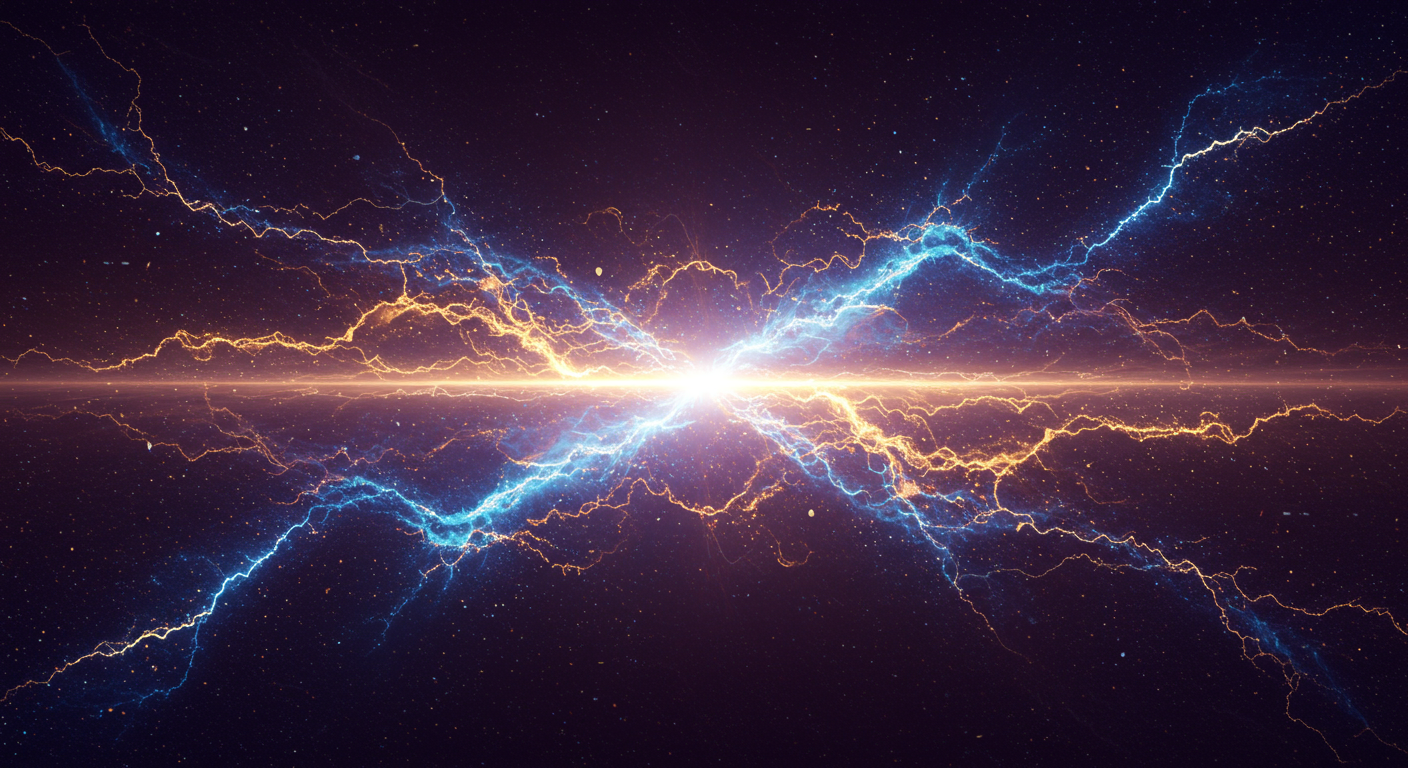Primordial power spectra from $k$-inflation with curvature

In our recent paper, “Primordial power spectra from $k$-inflation with curvature” (2112.07547), led by summer project student Zakhar Shumaylov with Will Handley, we explore the intricate physics of the very early Universe. This work delves into a class of inflationary models known as $k$-inflation, where the speed of sound for primordial perturbations can differ from the speed of light, and investigates its interaction with the spatial curvature of the universe. This research provides a more general framework for understanding the initial conditions that gave rise to the large-scale structure we observe today.
Motivation: Beyond Standard Inflation
The standard model of cosmology, while incredibly successful, faces persistent puzzles, including anomalies in the Cosmic Microwave Background (CMB) at the largest angular scales. Furthermore, some models posit a period of “just enough inflation” preceded by a kinetically dominated phase, and recent analyses have even hinted at the possibility of a spatially closed universe. Our work is motivated by the need for a theoretical framework that can consistently handle these possibilities. We generalize previous analyses to accommodate a variable inflationary sound speed ($c_s$), a key feature of $k$-inflationary theories, within universes that are not perfectly flat.
A Generalised Framework for Primordial Perturbations
A central achievement of this paper is the derivation of a generalized Mukhanov-Sasaki equation, the master equation governing the evolution of quantum fluctuations during inflation. Our formulation extends the standard equation to simultaneously account for both spatial curvature ($K$) and a variable sound speed ($c_s$). This provides a unified tool to study a much broader class of inflationary scenarios.
The methodology builds upon and synthesizes several lines of previous research. We extend the analytical approximation techniques first developed for flat space by Contaldi et al. (10.1088/1475-7516/2003/07/002) and later generalized to include curvature by Thavanesan et al. (10.1103/PhysRevD.103.023519) and alternative quantum initial conditions (10.1103/PhysRevD.104.063532). Our approach models inflation as a two-stage process: an initial phase of Kinetic Dominance (KD) transitioning to a period of Slow Roll (SR) inflation. This “potential-agnostic” method allows us to isolate the generic physical effects of curvature and sound speed without committing to a specific inflationary potential.
Key Findings and Implications
Our analysis reveals several profound and potentially observable consequences of this generalized framework:
- A Natural Power Cutoff: In closed universes ($K=+1$), the combination of curvature and a low sound speed ($c_s < 1$) gives rise to a natural cutoff in the primordial power spectrum at large scales (low wavenumbers). This effect could provide a physical explanation for the observed lack of power at low multipoles in the CMB.
- Non-Decaying Oscillations: A particularly striking prediction emerges if the sound speed changes between the kinetic ($c_-$) and slow-roll ($c_+$) epochs. Such a transition imprints non-decaying, high-frequency oscillations onto the power spectrum. The detection of such a “ringing” pattern in future CMB data would provide powerful evidence for this class of models.
- New Observational Levers: The model introduces the sound speeds in both epochs as new free parameters. This enhanced flexibility can be used to achieve better fits to cosmological data and may offer a way to alleviate some of the existing tensions within the standard cosmological model.
In conclusion, this work provides a significant theoretical extension for studying the physics of the early Universe. By developing a unified framework that incorporates both curvature and the effects of $k$-inflation, we have uncovered new physical phenomena and made testable predictions that open exciting new avenues for constraining the origin story of our cosmos.


Content generated by gemini-2.5-pro using this prompt.
Image generated by imagen-3.0-generate-002 using this prompt.